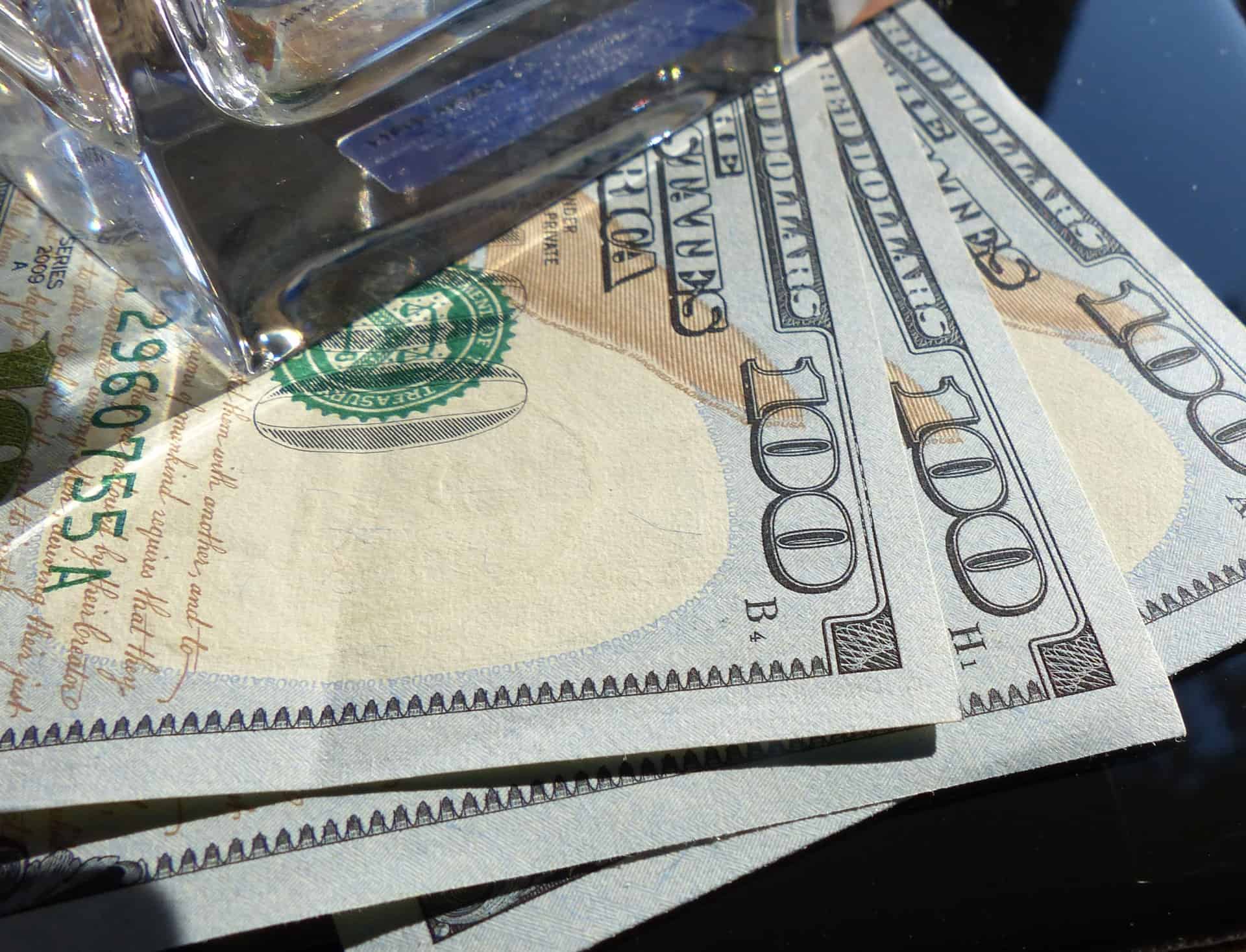The Chinese central bank has completely removed its foreign risk reserves requirement for forward foreign exchange sales and settlement in response to the accelerating appreciation of the renminbi.
The People’s Bank of China (PBOC) announced on 10 October that starting from the 12th the foreign risk reserves ratio would be reduced to 0 from 20% previously.
PBOC said that it would continue to maintain the flexibility of the renminbi exchange rate, stabilise market expectations, as well as keep the renminbi exchange rate “basically stable at a rationally balanced level.”
Forward foreign exchange sales are provided by banks to companies as an exchange rate hedging derivative, enabling the latter to avoid exchange rate risk.
Adjustments to the forex risk reserve ratio are generally considered to be closely tied to expectations of changes in the value of the renminbi.
Analysts say the latest adjustment will be of benefit to reducing the cost of the forward purchase of foreign exchange by companies, as well as further balancing out supply and demand on forex markets given that the ratio serves as an “automatic stabiliser.”
PBOC announced the inclusion of bank forward forex operations in the macro-prudential policy framework shortly following the launch of forex reforms launched in August 2015, as part of efforts to contain excessive volatility on forex markets.
There have since been four adjustments to the foreign exchange risk reserve ratio. It was set at 20% on 31 August 2015, in order to deal with strong depreciation pressure, before being reduced to 0% on 8 September 2017, as that depreciation pressure eased.
On 6 August 2018 PBOC reimposed a foreign exchange risk reserve ratio of 20%, in response to greater expectations of renminbi depreciation and signs of pro-cynical volatility on forex markets.




